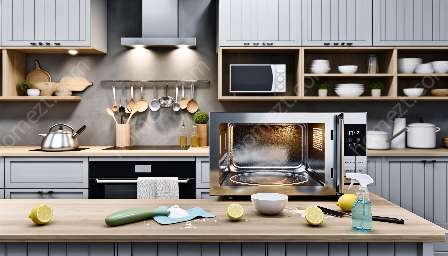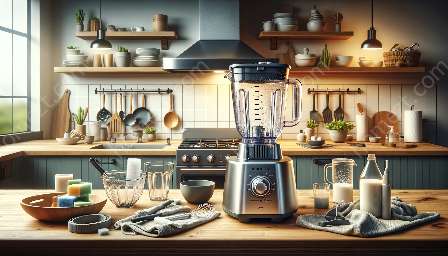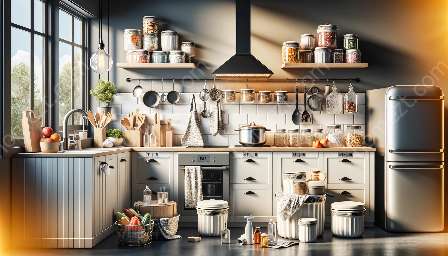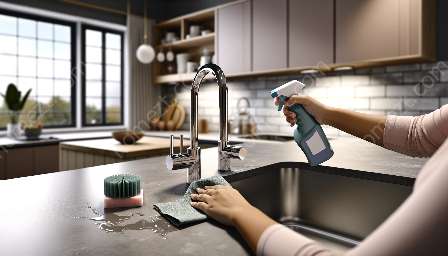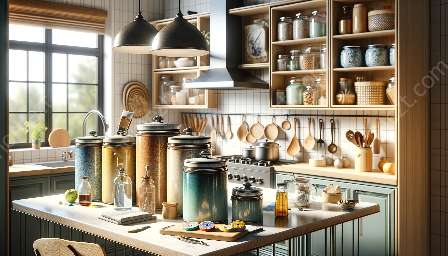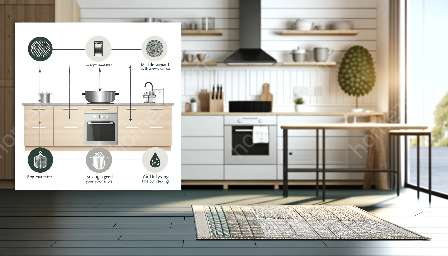Keeping kitchen cookware clean and hygienic is essential for maintaining a healthy kitchen environment. Proper cleaning not only ensures that your cooking implements are in top condition, but it also contributes to the safety and quality of the food you prepare. In this article, we will explore effective methods for cleaning various types of kitchen cookware, including pots, pans, utensils, and more.
1. Cleaning Pots and Pans
Materials needed: Dish soap, sponge, baking soda, white vinegar.
To clean pots and pans, start by scrubbing them with a sponge and dish soap. For tough stains and burnt-on food, sprinkle baking soda on the surface and scrub with a damp sponge. For stubborn residue, create a paste of baking soda and water and let it sit on the surface for a few minutes before scrubbing.
If the cookware has baked-on grease or discoloration, add white vinegar to the mix. Boil a solution of one part vinegar and three parts water in the pot or pan for 10-15 minutes. Let it cool, then wash as usual with dish soap and water.
2. Cleaning Stainless Steel Cookware
Tip: To prevent water spots on stainless steel cookware, dry it immediately after washing.
For stainless steel cookware, use warm, soapy water and a non-abrasive sponge. Avoid using abrasive cleaners or scouring pads, as they can scratch the surface. For extra shine, create a paste of baking soda and water, and gently scrub the surface with a soft cloth. Rinse thoroughly and dry immediately to prevent water spots.
3. Cleaning Cast Iron Cookware
Cast iron cookware requires special care to maintain its seasoning and prevent rust. To clean cast iron, use hot water and a stiff brush to remove food residue. Avoid using soap, as it can strip away the seasoning. Instead, scrub with coarse salt and a damp sponge to lift stubborn stains. After cleaning, dry the cookware thoroughly and rub a thin layer of oil onto the surface to prevent rust.
4. Cleaning Wooden Utensils
Care: Do not soak wooden utensils or wash them in the dishwasher, as it can cause warping and cracking.
To clean wooden utensils, hand wash them in warm, soapy water and dry immediately. To remove odors and stains, rub the surface with a halved lemon and sprinkle with salt. Rinse well and dry thoroughly before storing.
5. Cleaning Non-stick Cookware
- Always use plastic or wooden utensils to avoid scratching the non-stick coating.
- Hand wash non-stick cookware with mild dish soap and a soft sponge. Avoid using abrasive cleaners or scouring pads, as they can damage the coating.
- Do not stack non-stick cookware, as it can cause scratching. Store with a protective layer of paper or cloth between pans.
6. Maintaining Kitchen Hygiene
Clean kitchen cookware is an essential component of maintaining a hygienic kitchen. In addition to regular cleaning, it is important to store cookware properly to prevent contamination and maintain its condition. Consider investing in storage solutions such as pot racks and utensil holders to keep your cookware organized and easily accessible.
By following these cleaning and maintenance tips, you can ensure that your kitchen cookware remains in top condition, contributing to the overall cleanliness and functionality of your kitchen.
Conclusion
Cleaning kitchen cookware is a crucial aspect of maintaining a healthy kitchen environment. By following the proper cleaning techniques for different types of cookware, you can ensure that your kitchen remains hygienic and your cookware stays in top condition. Regular maintenance and proper storage will also contribute to a functional and organized kitchen.




















